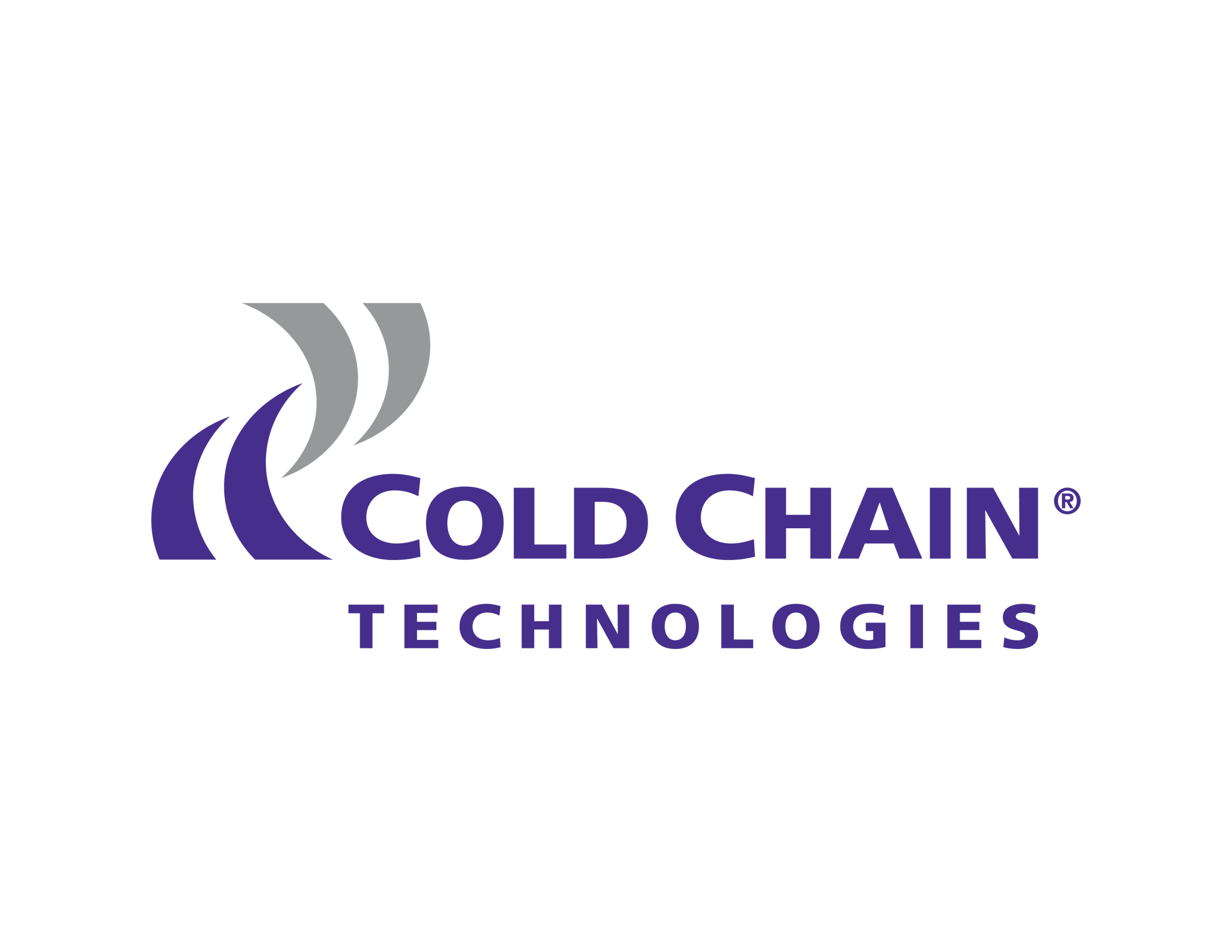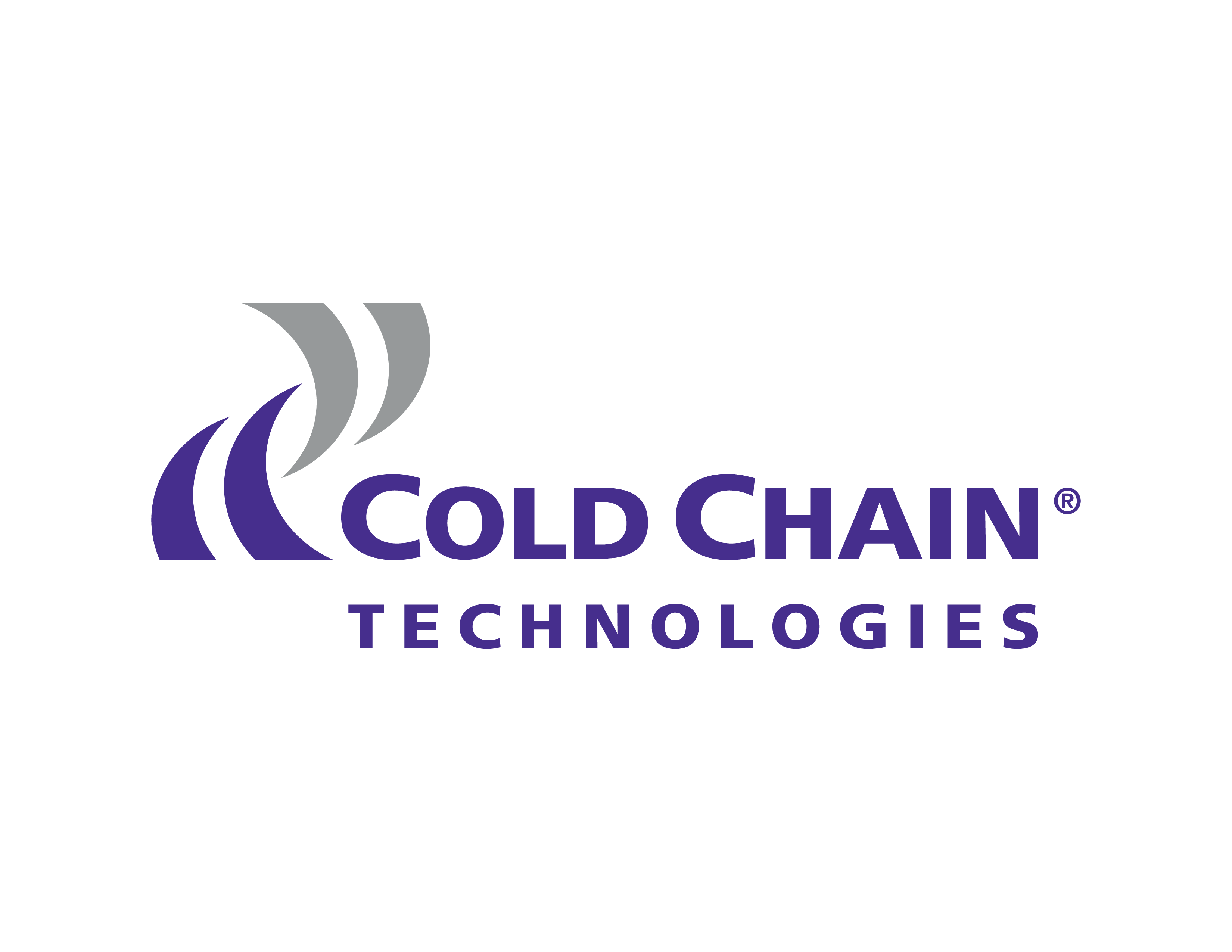GLP‑1 receptor agonists have transformed treatment for type 2 diabetes and obesity. With expanded indications and media attention, demand has soared, which has introduced new operational pressures on specialty pharmacies, especially around cold chain shipping and inventory management.
Traditionally, specialty pharmacies focus on complex, low-volume medications. The influx of GLP‑1s created a high-volume, chronic-use category requiring monthly refills, patient education, and temperature-sensitive distribution to thousands of patients’ homes.
Need
Specialty pharmacies are facing three core needs:
- Efficiently handle dramatically higher order volumes without sacrificing service quality.
- Protect temperature-sensitive GLP‑1 products in transit, avoiding costly reshipments.
- Manage rising cold chain costs while aligning with sustainability goals.
Solution
Leading specialty pharmacies are adopting an integrated approach:
Best practices implemented:
- Automated cold chain packing lines and seasonal pack-out designs tailored to shipment size and weather conditions.
- Advanced demand forecasting to better align inventory levels and reduce waste.
- Real-time temperature monitoring and digital data loggers to proactively respond to excursions.
- Utilizing qualified cold chain solutions to help ensure medication arrives at the correct temperature.
- Focus on patient engagement strategies, including digital education on at-home storage and handling.
- Using route optimization tools to choose the most efficient carrier/service and ensure timely delivery.
Cost mitigation strategies:
- Right-sizing packaging and refrigerant loads to reduce material costs.
- Establishing regional distribution hubs closer to patient populations to shorten transit times and use lower-cost shipping methods.
- Diversifying carriers to reduce costs and improve resilience.
- Reducing reshipments through predictive analytics and monitoring.
Packaging innovation trends:
- Increasing adoption of curbside recyclable paper-based shippers for patient convenience and environmental benefits.
- Reusable shippers leveraged for consistent, repeat patients to offset higher upfront investment.
- Using phase change materials for better temperature control and lighter shipments.
- Smaller, lighter packaging designs to lower freight costs and carbon footprint.
Conclusion
The rapid rise in GLP‑1 use is forcing specialty pharmacies to rethink traditional cold chain logistics. By combining automation, data-driven tools, smarter packaging choices, and patient-centered processes, pharmacies can maintain product integrity and patient satisfaction. They can do all this while managing operational costs and advancing sustainability goals.
This approach not only addresses today’s GLP‑1 surge but also positions specialty pharmacies for future biologics and temperature-sensitive therapies expected to reach the market.



